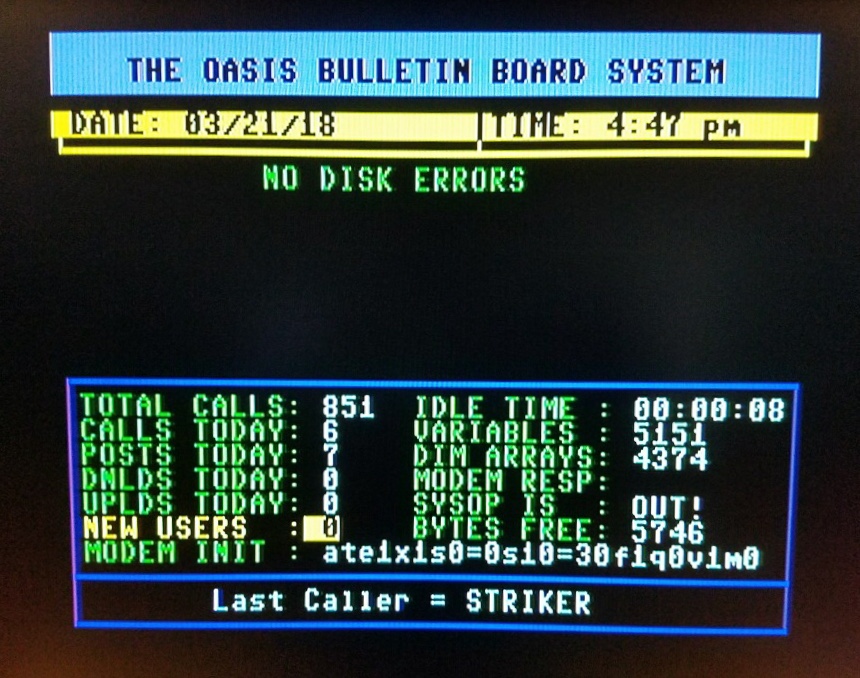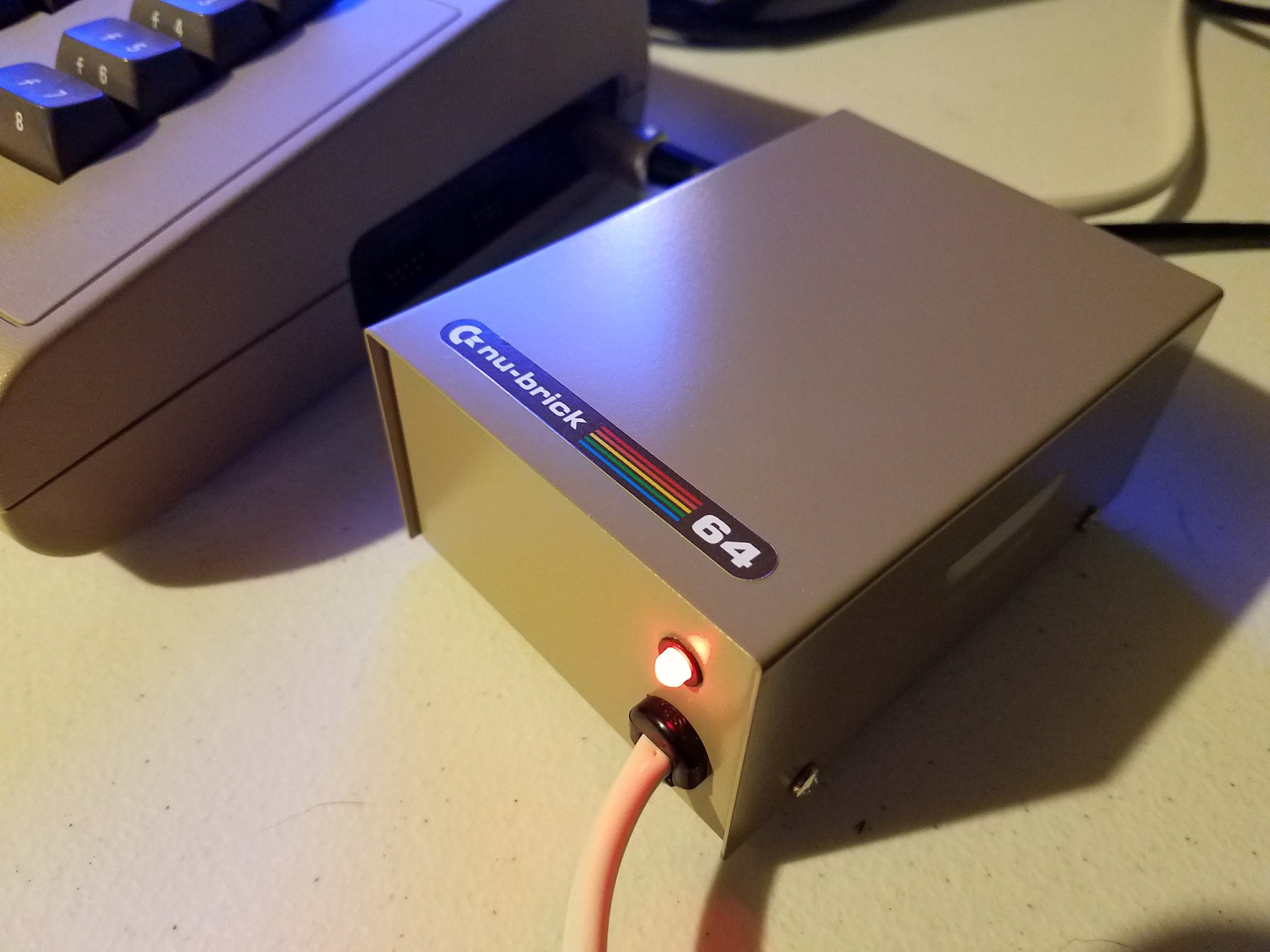In his latest marathon of silicon surgery, Chris Edwards Restoration tackles yet another problematic classic: an Amiga 4000 repair job that arrives battered, confused, and possibly cursed. Shipped from Florida with USPS’s special “Priority Squish” service, this board carries more than just physical damage—it’s got blown diodes, burned traces, and the dreaded black screen of death. What follows is a detailed and humorous forensic breakdown of one of Commodore’s most finicky machines.
Opening the Patient
Chris begins by unboxing the Amiga 4000D, noting visible case damage and a heartfelt note from the owner explaining the incident: a rogue fan fell onto the Mediator board, causing a blue flash and instant shutdown. Cue a grimace. The system now boots to nothing—just a power LED and a black screen.
The visual inspection reveals previous recapping work, but also a suspiciously lifted power trace, a torqued screw hole, and a cracked diode. Chris carefully removes components, documenting every issue with his signature sarcasm and technical clarity.
Diode Damage, CIA Death, and Trace Trauma
Using tools like the SIM tester and Amiga PCB Explorer, Chris traces the issue to a blown 12V rail line. Sally Hansen nail polish is applied—seriously—as a temporary mask fix. Testing reveals further issues: no serial output, no kickstart activity, and possibly a dead CIA chip. Cue replacement. Still, the Amiga 4000 repair proves stubborn. A toasted Super Buster 11 chip becomes suspect.
After socketing new CIA chips, replacing diodes, and scrubbing crusty components with Hooper’s Hooch (99% isopropyl, not moonshine), the machine still refuses to live.
The Breakthrough and Resurrection
Enter “The Godfather,” John Hertell from the GadgetUK forum. His advice? Remove the Buster 11 and drop in a Buster 7. Boom—DiagROM fires up! Chris confirms that the 12V line was likely grounded during the fan incident, sending a surge through the riser card and nuking the Buster.
With a working CPU, new sockets, fixed traces, and a functioning battery-backed clock, the system is declared revived—mostly. The owner still needs a new Buster 11 for full Zorro functionality, but the board now boots and behaves.
Final Thoughts
Chris’s journey to bring this Amiga 4000 repair to life showcases the sheer complexity of restoring aging hardware. Through humor, skill, and help from the community, another machine avoids the landfill and lives to compute another day.







